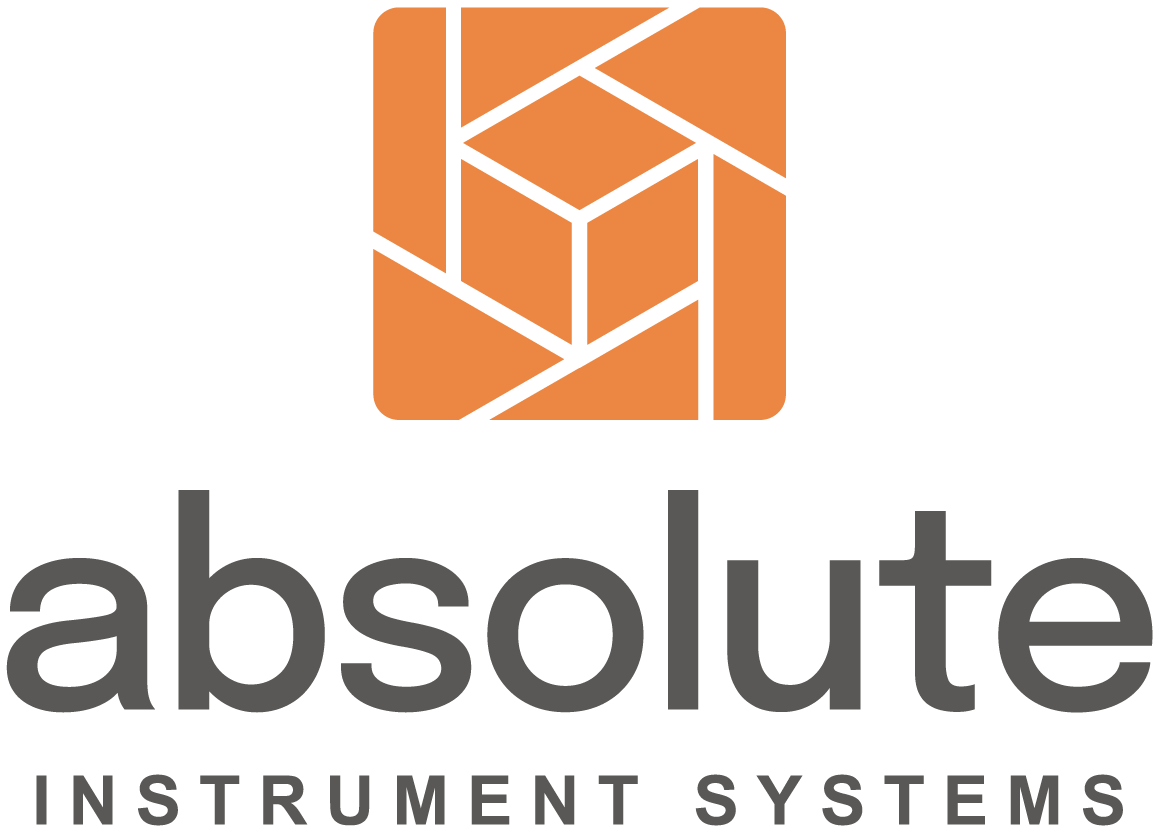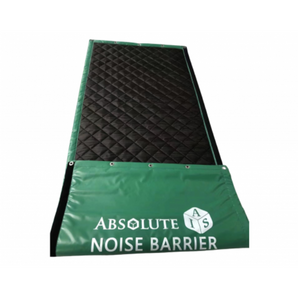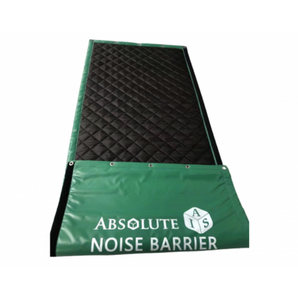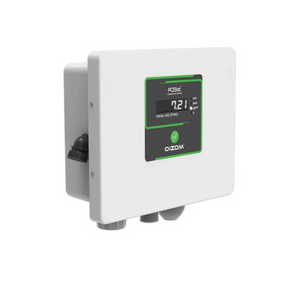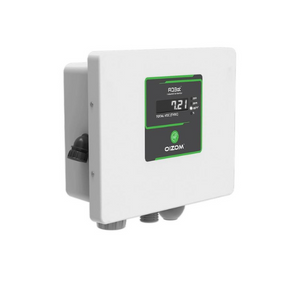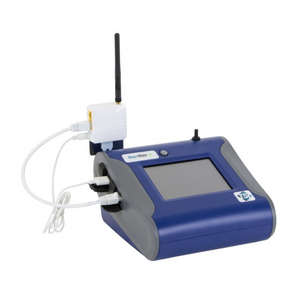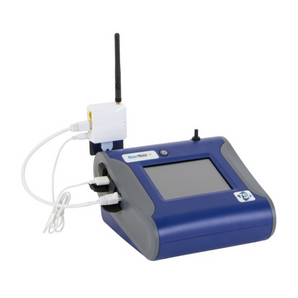Silica dust is an invisible but deadly hazard found on most construction sites. In Singapore, where infrastructure projects are booming and demolition works are frequent, the threat of respirable crystalline silica (RCS) is often underestimated. Yet this fine dust, released during activities like concrete cutting, sandblasting, or demolition, can penetrate deep into the lungs, causing silicosis, lung cancer, and other irreversible diseases.
As awareness around silica dust exposure grows, regulatory standards in Singapore have evolved to reflect stricter expectations. While guidelines exist to control airborne dust at worksites, many companies still rely on outdated or reactive methods of dust control, potentially putting both workers and operations at risk.
Why is silica dust so dangerous?
Unlike larger dust particles, RCS particles are incredibly fine, often smaller than PM10 or PM2.5 thresholds, and can linger in the air undetected. Workers exposed over time may not show symptoms until years later, at which point the damage is irreversible.
In fact, silicosis, a progressive lung disease caused by inhaling silica dust, is entirely preventable. And yet, it continues to be one of the most common occupational illnesses in industries like construction, demolition, and tunneling.
Singapore’s regulations on dust exposure
The Workplace Safety and Health (General Provisions) Regulations require employers to limit workers' exposure to hazardous substances like RCS. In addition, NEA sets limits on airborne particulate matter at and beyond site boundaries to prevent environmental pollution.
Fines can be imposed for non-compliance, and beyond penalties, repeated violations can affect license renewals, contract eligibility, and public reputation. This makes proactive dust control not just a health measure, but a business priority.

How real-time monitoring changes the game
Waiting for lab results from occasional air sampling is no longer enough. Real-time dust monitoring offers continuous, on-site data that allows safety managers to act immediately when levels spike. This means:
-
Workers can be relocated or protected before they are overexposed.
-
Water suppression or ventilation can be activated based on data.
-
Reports can be generated instantly for compliance documentation.
These systems also help companies prove due diligence during audits or investigations, a major asset when working on high-profile projects or government contracts.
Tools for effective silica dust control
At Absolute Instrument Systems, we provide reliable monitoring tools tailored to Singapore’s industrial standards. For silica dust detection and control, these products stand out:
Dustroid ambient dust monitor
Designed for continuous ambient air monitoring, Dustroid measures PM1, PM2.5, PM10, and Total Suspended Particles (TSP). With real-time alerts and cloud-based access, it empowers site managers to react instantly to dust level surges. Ideal for perimeter and in-site monitoring.
TSP monitor TE-5170
This high-volume air sampler is perfect for collecting suspended particles for gravimetric or chemical analysis. Widely used in compliance studies and environmental audits, the TE-5170 ensures robust data to meet MOM and NEA requirements.
Dustlight monitor
A compact solution for localized monitoring, Dustlight is especially useful for detecting high-exposure zones around cutting or grinding equipment. It helps employers pinpoint hotspots and take immediate action.
Industries that need to act now
The urgency of dust monitoring is especially high in sectors like:
-
Construction: During excavation, drilling, grinding, and cutting.
-
Demolition: Old buildings often contain silica-heavy concrete and materials.
-
Tunneling and Infrastructure: Enclosed environments with poor ventilation.
Any company operating in these sectors should consider real-time monitoring not just a legal requirement, but an ethical one.

Conclusion
Silica dust is more than a compliance checkbox; it’s a matter of long-term health and safety. With Singapore’s construction industry growing rapidly, the need for proactive, data-driven monitoring has never been greater. Implementing real-time tools like Dustroid, TE-5170, and Dustlight, companies can reduce risk, stay compliant, and protect their most valuable asset: their people.
If you're looking to integrate silica dust monitoring into your operations, Absolute Instrument is here to help, with industry-trusted tools and local expertise tailored for Singapore’s regulatory environment.
